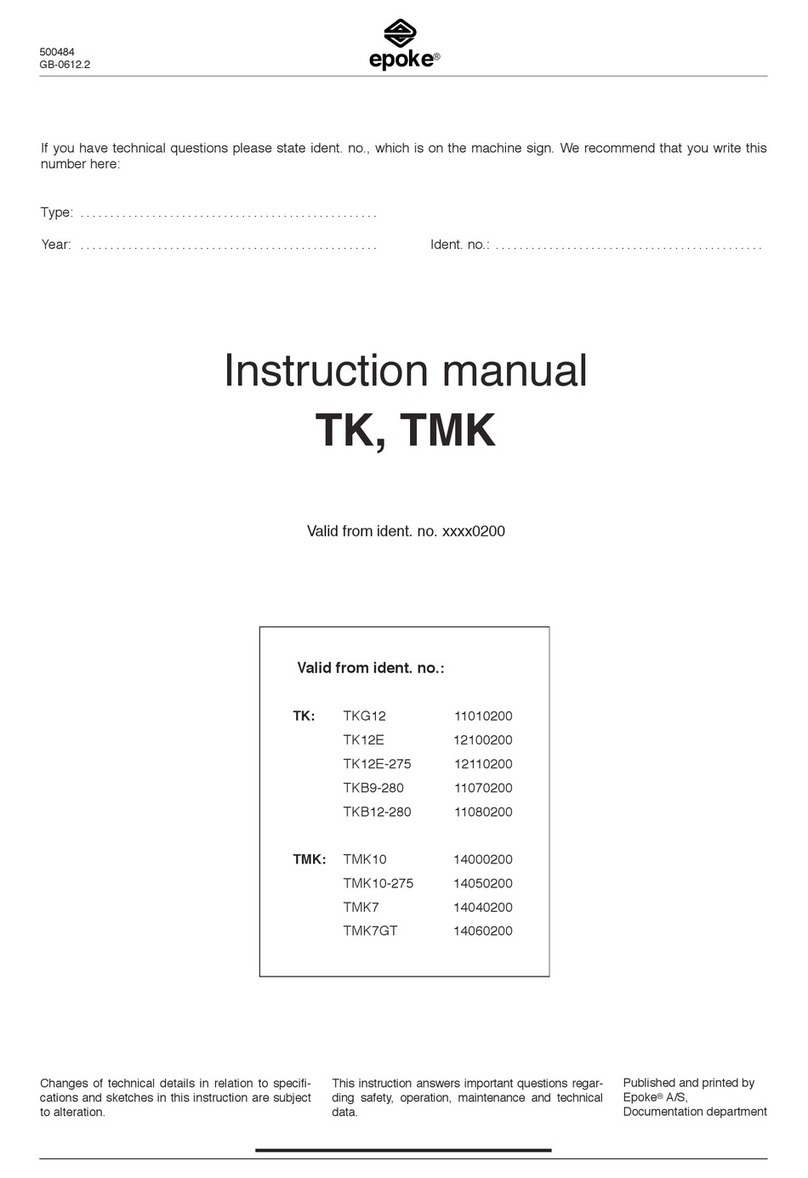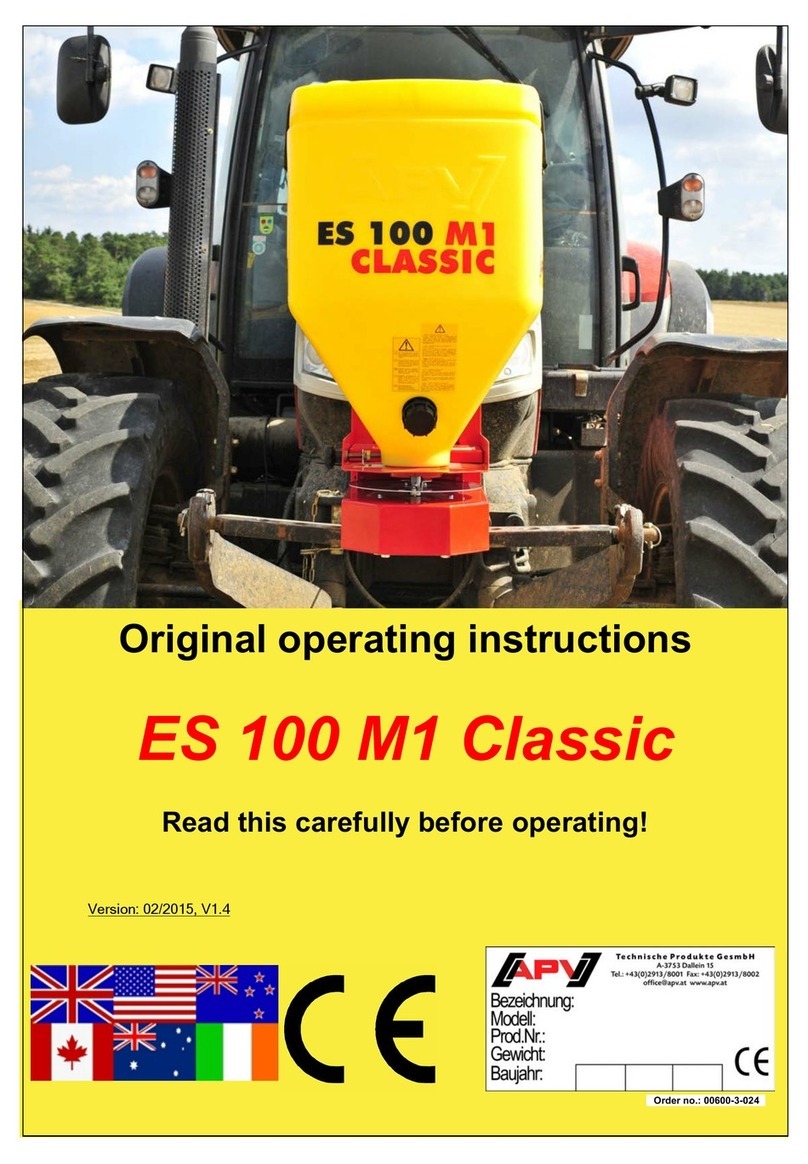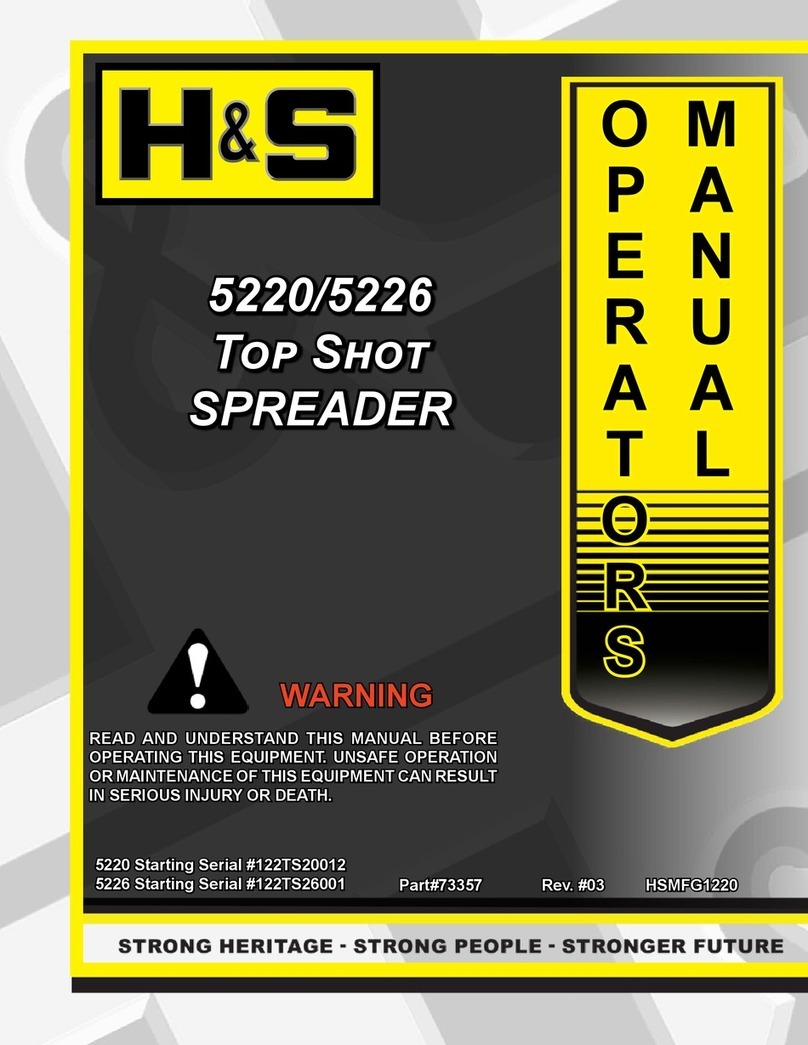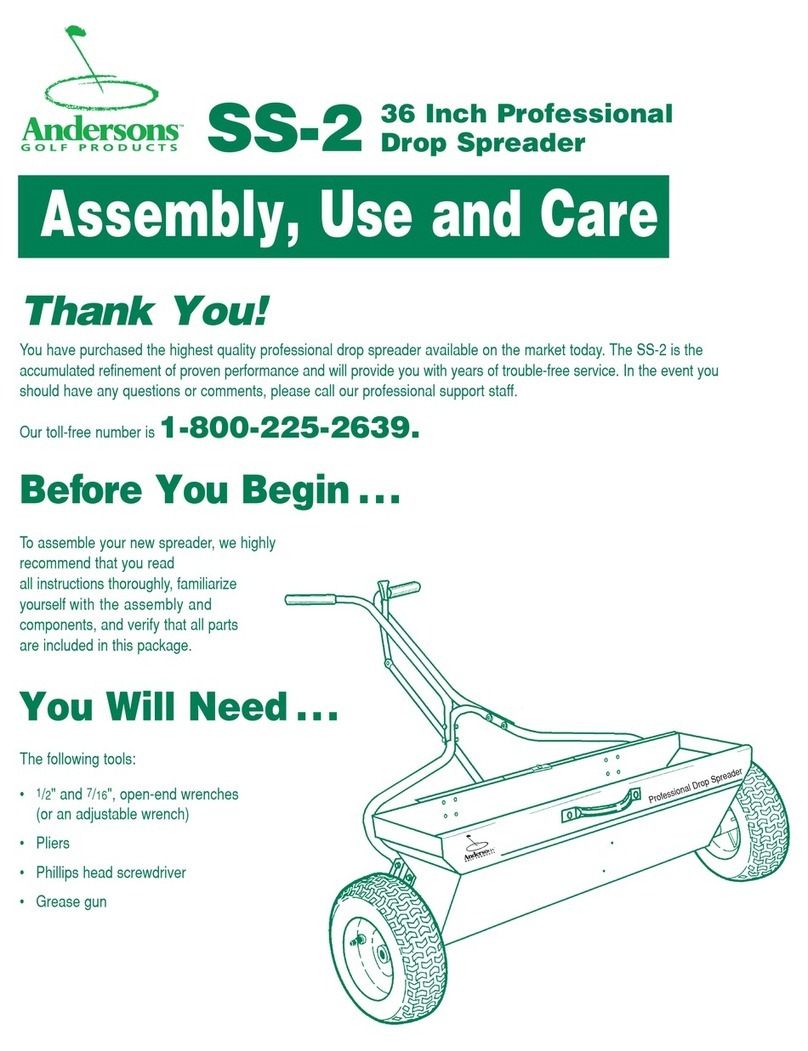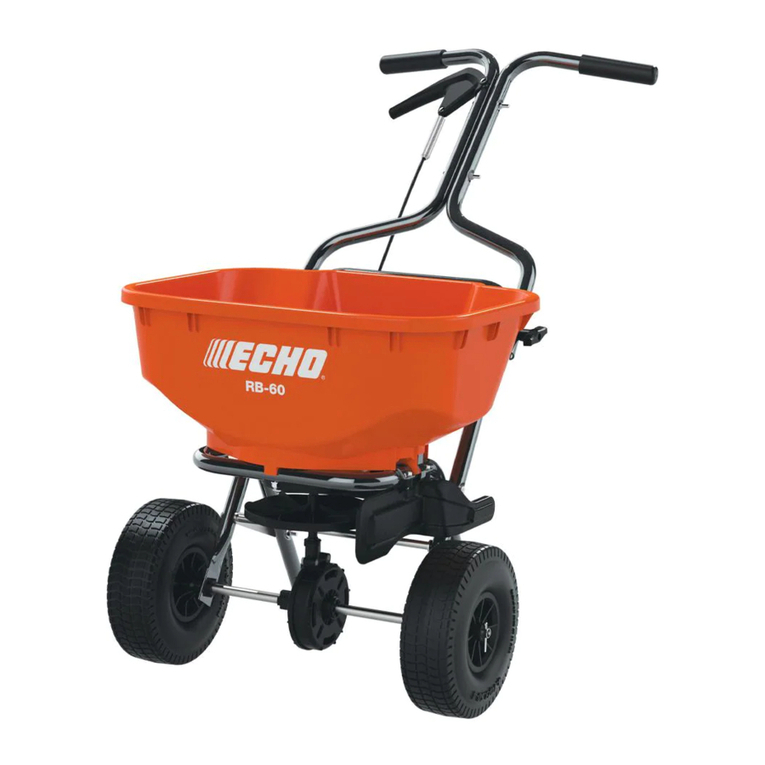SKE8-12-15-20
GB-0305.1
Table of contents
1 Identification
1.1 Manufacturer and supplier . . . . . . . . . . . . . . . 2
1.1.1 Copyright . . . . . . . . . . . . . . . . . . . . . . . . . . . . 2
1.1.2 Technical documentation . . . . . . . . . . . . . . . . 2
1.1.3 Warranty and liability . . . . . . . . . . . . . . . . . . 2
1.2 Model and type specification . . . . . . . . . . . . . 3
1.3 Start no. and date . . . . . . . . . . . . . . . . . . . . . . 3
1.4 Country of origin . . . . . . . . . . . . . . . . . . . . . . . 3
1.5 CE-mark . . . . . . . . . . . . . . . . . . . . . . . . . . . . . 3
1.6 EU certificate of conformity . . . . . . . . . . . . . . . 3
1.6.1 Directives applied . . . . . . . . . . . . . . . . . . . . . . 3
1.6.2 Standards applied . . . . . . . . . . . . . . . . . . . . . . 3
1.9 Quality system certificate . . . . . . . . . . . . . . . . 3
2 Descriptions
2.0.0 General . . . . . . . . . . . . . . . . . . . . . . . . . . . . . . 4
2.0.1 Transport and handling . . . . . . . . . . . . . . . . . . 4
2.0.1.1 Transport . . . . . . . . . . . . . . . . . . . . . . . . . . . . 4
2.0.1.2 Handling . . . . . . . . . . . . . . . . . . . . . . . . . . . . . 4
2.0.1.6 Rules for total weight of towed vehicles . . . . . 4
2.0.2 Information on restrictions on use . . . . . . . . . . 4
2.0.2.1 Normal use . . . . . . . . . . . . . . . . . . . . . . . . . . . 4
2.0.2.2 Abnormal use . . . . . . . . . . . . . . . . . . . . . . . . . 4
2.0.3 Hazards presented by the machine
2.0.3.1 Personal protective measures . . . . . . . . . . . . 4
2.0.3.2 Mechanical hazard . . . . . . . . . . . . . . . . . . . . . 4
2.0.3.3 Electrical hazard . . . . . . . . . . . . . . . . . . . . . . . 4
2.0.3.4 Thermal hazard . . . . . . . . . . . . . . . . . . . . . . . 5
2.0.3.5 Hazard caused by noise . . . . . . . . . . . . . . . . . 5
2.0.3.6 Hazard caused by vibrations . . . . . . . . . . . . . 5
2.0.3.7 Hazard caused by radiation . . . . . . . . . . . . . . 5
2.0.3.8 Hazard caused by materials and substances . . 5
2.1 Safety measures
2.1.1 General safety measures . . . . . . . . . . . . . . . . 5
2.1.2 Reference to permitted total weight . . . . . . . . 5
2.1.3 Reference to safety measures for specific
operating conditions . . . . . . . . . . . . . . . . . . . . 6
2.1.3.1 Safety measuresWork safety . . . . . . . . . . . . . 6
2.1.3.2 Work safety . . . . . . . . . . . . . . . . . . . . . . . . . . 6
2.1.3.3 Before driving . . . . . . . . . . . . . . . . . . . . . . . . . 6
2.1.3.4 Safety during cleaning,
repairs and maintenance . . . . . . . . . . . . . . . . 6
2.1.3.5 Suggestions for a user guide . . . . . . . . . . . . . 7
2.1.11 Lubricating grease . . . . . . . . . . . . . . . . . . . . . 7
2.2 Product descriptions
2.2.0.1 Machine overview . . . . . . . . . . . . . . . . . . . . . 8
2.2.1 Product description . . . . . . . . . . . . . . . . . . . . . 8
2.2.4 Dosage system . . . . . . . . . . . . . . . . . . . . . . . . 9
2.3 Technical data
2.3.1 Technical data . . . . . . . . . . . . . . . . . . . . . . . . 11
2.3.2 Dimensioned sketch . . . . . . . . . . . . . . . . . . . 12
2.4 Diagrams
2.4.3 Electrical diagram . . . . . . . . . . . . . . . . . . . . . . 12
2.5 Corrosion protection . . . . . . . . . . . . . . . . . . . . 12
3 Demands to the place of mounting
3.1 Demands to the bed plate . . . . . . . . . . . . . . . . 13
3.2 References to dangers which can be
prevented by methods of mounting . . . . . . . . 13
4 Instructions for preparations
4.1.1 Connection with the towing vehicle . . . . . . . . 13
4.1.2 Disconnection . . . . . . . . . . . . . . . . . . . . . . . . 13
5 Operation instructions
5.0.1 Remote control . . . . . . . . . . . . . . . . . . . . . . . . 13
5.1.5 Operating levers . . . . . . . . . . . . . . . . . . . . . . . 13
5.2 Instructions for Initial Operation
5.2.2 Adjustment of spreading quantity (metering) . . 14
5.4.2 Remote control . . . . . . . . . . . . . . . . . . . . . . . 14
5.4.2.1 Correct installation . . . . . . . . . . . . . . . . . . . . . 14
5.4.2.2 Connection of remote control . . . . . . . . . . . . . 14
5.11 Procedure in case of failure . . . . . . . . . . . . . . . . 15
5.12 Instructions for repair and assembly . . . . . . . 15
6 Maintenance
6.2.1 Cleaning . . . . . . . . . . . . . . . . . . . . . . . . . . . . . 15
6.2.2 Maintenance . . . . . . . . . . . . . . . . . . . . . . . . . . 15
6.2.3 Storing . . . . . . . . . . . . . . . . . . . . . . . . . . . . . . 15
6.3 Inspection lists and overviews
6.3.1 Inspection list - mechanical . . . . . . . . . . . . . . 16
6.3.4 Grease . . . . . . . . . . . . . . . . . . . . . . . . . . . . . 18
6.7 Reference to suitable spare parts . . . . . . . . . . 18
7 Control and test sketch
7.1.2 Steadying wheel . . . . . . . . . . . . . . . . . . . . . . . 19
7.1.6 Dry matter container . . . . . . . . . . . . . . . . . . . . 20
7.1.12 Draw bar . . . . . . . . . . . . . . . . . . . . . . . . . . . . . 21
7.1.20 Tyre list . . . . . . . . . . . . . . . . . . . . . . . . . . . . . . 22
8 Certificates
8.1 EU certificate of conformity . . . . . . . . . . . . . . 23
8.4 Certificate of Quality Management System . . 24
9 Overview of standards . . . . . . . . . . . . . . . . . . 25
20 Index . . . . . . . . . . . . . . . . . . . . . . . . . . . . . . . 26






